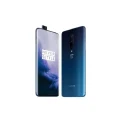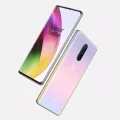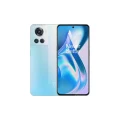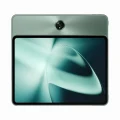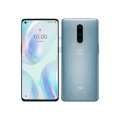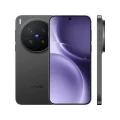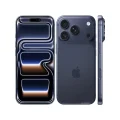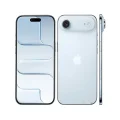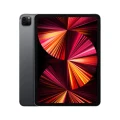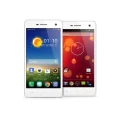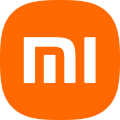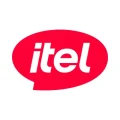- Home
- All Products
- OnePlus
- OnePlus Open
OnePlus Open
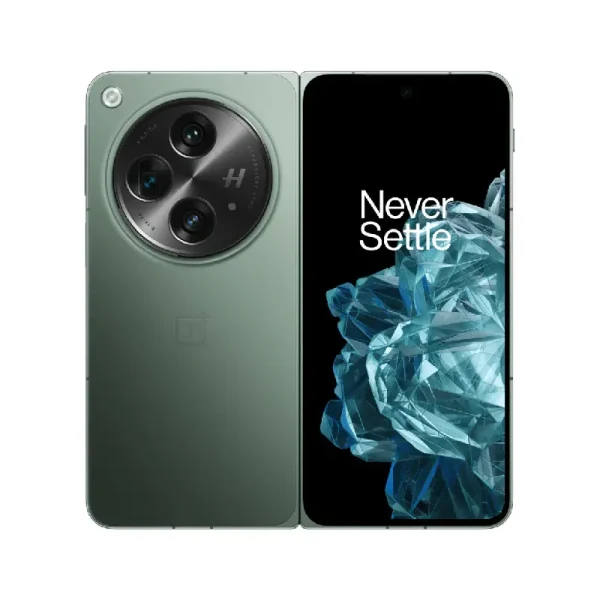

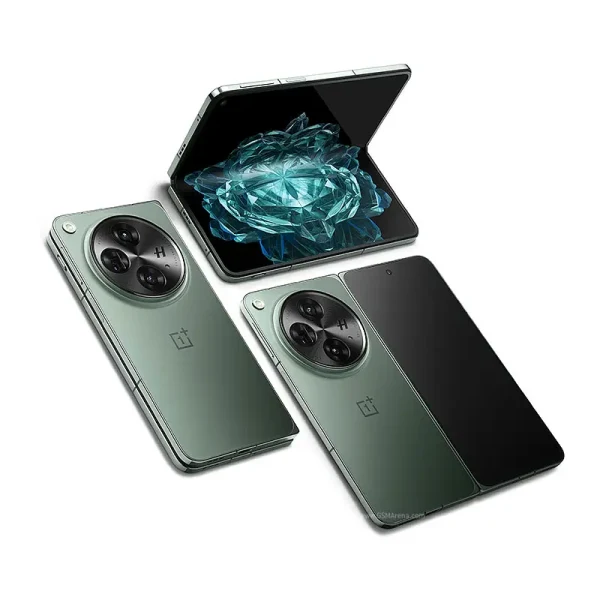
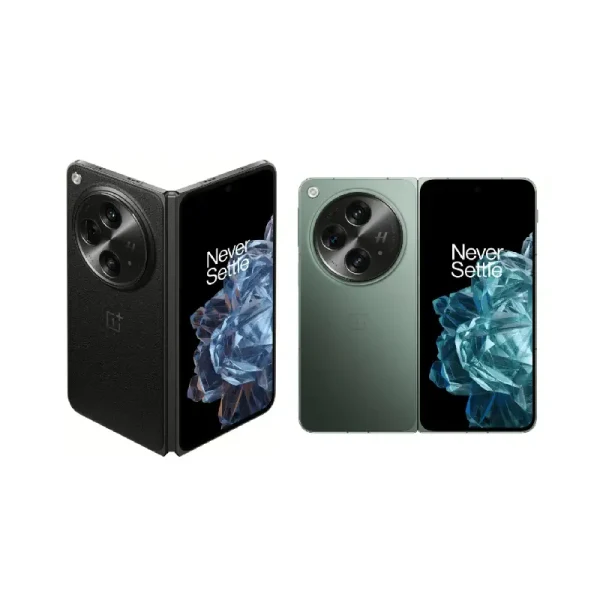
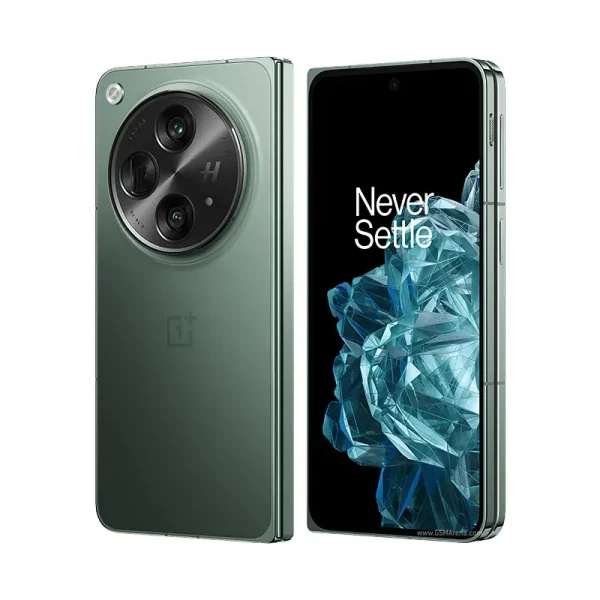
-
Battery: Li-Po 4805 mAh
-
RAM: 16GB
-
Storage: 512GB
-
Display: Foldable LTPO3 Flexi-fluid AMOLED, 7.82 inches
-
Camera: Rear 48 MP+64 MP+48 MP, and Front 20 MP
-
OS: Android 13, OxygenOS 13.2
Full Specifications
Price
| Official | Not Available |
| Unofficial | About 199999 BDT 16GB/512GB |
General
| Model | OnePlus Open |
| Announced | 2023, October 19 |
| Released | 2023, October 26 |
| Status | Available |
Design
| Dimensions | Unfolded: 153.4 x 143.1 x 5.8 mm Folded: 153.4 x 73.3 x 11.7 mm |
| Weight | 239 g or 245 g (8.43 oz) |
| SIM SIM (Subscriber Identity Module) is a small card that contains mobile network subscriber's account information. This allows the phone using the card to attach to a mobile network. The SIM card is most commonly associated with GSM and UMTS mobile networks. Moving a SIM card from one phone to another allows a subscriber to switch mobile phones without having to contact their mobile network carrier. SIM cards can also be used by a phone to store limited amounts of data, such as phone numbers and text messages. |
Dual SIM (2x Nano-SIM, eSIM, dual stand-by) IPX4 splash resistant |
| Colors |
Emerald Dusk, Voyager Black |
Display Specification
| Display Type Display Technology => A number of display technologies and types used in mobile phones => TFT (Thin Film Transistor), IPS (In-Place Switching), OLED (Organic Light Emitting Diode), AMOLED (Active-Matrix Organic Light-Emitting Diode), Super AMOLED (an even advanced version of AMOLED), Resistive Touchscreen (Resistive touchscreens contain two layer of conductive material with a very small gap between them which acts as a resistance), Capacitive Touchsceen (Capacitive touchscreen technology consists of a layer of glass coated with a transparent conductor) | Foldable LTPO3 Flexi-fluid AMOLED |
| Size | 7.82 inches, 196.7 cm2 |
| Resolution | 2268 x 2440 pixels |
| Refresh Rate | 120Hz |
| Pixel Density Pixel Density (PPI) is refers to the concentration of pixels on a particular display, measured in pixels per inch (ppi). Pixel density is calculated by dividing the diagonal pixel resolution of a display by its diagonal size, higher pixel density better display quality. | 426 ppi density |
| Features |
1B colors, Dolby Vision, 2800 nits (peak), 89.6% screen-to-body ratio Cover display: LTPO3 Super Fluid OLED, 1B colors, Dolby Vision, 120Hz, 2800 nits (peak) 6.31 inches, 1116 x 2484 pixels, 431 ppi, Ceramic Guard |
Platform
| Operating System OS => Every computer system run on a base software called Operating System (OS). Operating System controls all basic operations of the computer (such as smartphone, PDAs, tablet computers and other handheld devices). The Operating System allows the user to install and run third party applications (apps), apps are used to add new functionality to the device. | Android 13, OxygenOS 13.2 |
| Chipset Chipset is a group of integrated circuits designed to perform one or a more dedicated functions, often with real time computing constraints, Popular smartphones are equipped with more advanced embedded chipsets that can do many different tasks depending on their programming. | Qualcomm SM8550-AB Snapdragon 8 Gen 2 (4 nm) |
| CPU CPU (Central Processing Unit) mostly known as processors, CPU processes instructions in order to carry out certain functions that make your device operate properly. Processors are often described as the brain of computers, smartphones and tablets, Smartphones and tablets rely on processors to carry out their every task, Processors are an incredibly important factor in selecting any type of computing device, including your smartphone. | Octa-core (1x3.2 GHz Cortex-X3 & 2x2.8 GHz Cortex-A715 & 2x2.8 GHz Cortex-A710 & 3x2.0 GHz Cortex-A510) |
| GPU GPU (Graphics Processing Unit) is a single-chip processor designed to rapidly manipulate and alter memory to accelerate the creation of images in a frame buffer intended for output to a display, This includes things such as lighting effects, object transformations, and 3D motion. | Adreno 740 |
Main Camera
| Camera Setup | Triple |
| Resolution |
48 MP, f/1.7, 24mm (wide), 1/1.43", 1.12µm, multi-directional PDAF, OIS 64 MP, f/2.6, 70mm (telephoto), 1/2", 0.7µm, PDAF, OIS, 3x optical zoom 48 MP, f/2.2, 14mm, 114˚ (ultrawide), 1/2", 0.8µm, PDAF |
| Features |
Hasselblad Color Calibration, LED flash, HDR, panorama |
| Video | 4K@30/60fps, 1080p@30/60/120/240/480fps gyro-EIS, HDR10+, Dolby Vision |
Selfie Camera
| Camera Setup | Single |
| Resolution |
20MP, f/2.2, 20mm (ultrawide), 1/4", 0.7µm Cover camera: 32MP, f/2.4, 22mm (ultrawide), 1/3.14", 0.7µm |
| Video | 4K@30fps, 1080p@30fps, gyro-EIS |
| Features | HDR |
Network & Connectivity
| Technology | GSM / HSPA / LTE / 5G |
| Speed | HSPA, LTE-A (CA), 5G |
| Wi-fi Wi-Fi is a popular wireless networking technology using radio waves to provide high-speed network connections that allows devices to communicate without cords or cables, Wi-Fi is increasingly becoming the preferred mode of internet connectivity all over the world. | Wi-Fi 802.11 a/b/g/n/ac/6e/7, tri-band |
| Bluetooth Bluetooth is a wireless communications technology for exchanging data between mobile phones, headsets, computers and other network devices over short distances without wires, Bluetooth technology was primarily designed to support simple wireless networking of personal consumer devices. | 5.3, A2DP, LE, aptX HD |
| NFC NFC (Near field communication) is a set of standards for smartphones and similar devices to establish peer-to-peer radio communications with each other by touching them together or bringing them into proximity, usually no more than a few inches. | Yes |
| Positioning |
GPS (L1+L5), GLONASS, BDS, GALILEO (E1+E5a), QZSS |
| FM Radio | No |
| Infrared port | Yes |
| USB | USB Type-C 3.1, OTG |
| 2G Network |
GSM 850 / 900 / 1800 / 1900 - SIM 1 & SIM 2 |
| 3G Network |
HSDPA 800 / 850 / 900 / 1700(AWS) / 1900 / 2100 |
| 4G Network |
1, 2, 3, 4, 5, 7, 8, 12, 13, 17, 18, 19, 20, 25, 26, 28, 30, 32, 38, 39, 40, 41, 46, 48, 66, 71 |
| 5G Network |
1, 2, 3, 5, 7, 8, 12, 20, 25, 28, 30, 38, 40, 41, 66, 71, 75, 77, 78 SA/NSA |
Battery
| Battery Type Battery Type => Cell phones run on various kinds of batteries depending on the manufacturer, phone size or shape and features. There are basically four types of cell phone batteries => Lithium Polymer, Lithium Ion, Nickel Metal Hydride and Nickel Cadmium. | Li-Poly (Lithium Polymer) |
| Capacity Battery Capacity is a measure (typically in Amp-hr) of the charge stored by the battery, and is determined by the mass of active material contained in the battery. The battery capacity represents the maximum amount of energy that can be extracted from the battery under certain conditions. | 4805 mAh |
| Removable | No |
| Charging |
67W wired, PD, 1-100% in 42 min (advertised) Reverse wired |
| Wireless Charging Wireless Charging (Inductive Charging) uses an electromagnetic field to transfer energy between two objects. This is usually done with a charging station. Energy is sent through an inductive coupling to an electrical device, which can then use that energy to charge batteries or run the device. | No |
Multimedia
| Loudspeaker | Yes, with stereo speakers (Dolby Atmos enhanced) |
| Audio Jack | No |
Storage
| Card Slot Memory Card Slot is a special slot for inserting a memory card. Memory cards allow you to expand the phone's built-in memory, A memory card (sometimes called a flash memory card or a storage card) is a small storage medium used to store data such as text, pictures, audio, and video, for use on small, portable or remote computing devices such as mobile phones, mp3 players, digital cameras. | No |
| Internal Storage Internal Storage is a data storage space (flash memory) mostly used in smartphones, tablets and other electronic devices where operating system, apps, music, photos, videos, files and other user data Is stored. |
512GB 16GB RAM UFS 4.0 |
Sensors
| Fingerprint | Yes (side-mounted) |
| Other Sensors | accelerometer, gyro, proximity, compass |
About The OnePlus Open
The OnePlus Open, released in October 2023, marks OnePlus’ entry into the foldable smartphone market. Designed to compete with the Samsung Galaxy Z Fold series, the device blends premium design, flagship performance, and cutting-edge display technology.
It features a 7.82-inch foldable LTPO3 Flexi-fluid AMOLED display with 120Hz refresh rate, Dolby Vision, and up to 2800 nits brightness, ensuring smooth visuals and rich color accuracy. On the outside, it sports a 6.31-inch Super Fluid OLED cover display, also with a 120Hz refresh rate and peak brightness of 2800 nits. Powered by the Snapdragon 8 Gen 2 chipset with 16GB RAM and UFS 4.0 storage (512GB or 1TB), the OnePlus Open delivers lightning-fast performance for multitasking, gaming, and heavy apps.
Its triple Hasselblad-tuned camera setup includes a 48MP wide, 64MP telephoto (3x optical zoom), and 48MP ultrawide, offering flagship-level photography. Selfies are handled by a 20MP internal and a 32MP cover camera, both capable of 4K video.
The 4805mAh battery supports 67W fast charging, filling up in just 42 minutes. Running on Android 13 with OxygenOS 15 (upgradable to Android 15), the OnePlus Open enhances productivity with foldable-optimized software, multitasking tools, and smooth animations. Its design is slim (5.8mm unfolded), lightweight, and durable with Ceramic Guard glass and IPX4 splash resistance. Available in Emerald Dusk, Voyager Black, and Apex Edition, the OnePlus Open redefines the foldable experience at a more affordable price compared to rivals.
Main Key Features
- 7.82-inch LTPO3 foldable AMOLED, 120Hz, Dolby Vision
- 6.31-inch Super Fluid OLED cover display
- Snapdragon 8 Gen 2 chipset, Adreno 740 GPU
- 16GB RAM + 512GB/1TB UFS 4.0 storage
- Triple Hasselblad camera: 48MP wide + 64MP telephoto (3x zoom) + 48MP ultrawide
- 20MP inner + 32MP cover selfie cameras
- 4805mAh battery, 67W wired charging (100% in 42 min)
- Android 13, upgradable to Android 15, OxygenOS 15
- Stereo speakers with Dolby Atmos
- Foldable design, IPX4 splash resistance
Pros & Cons
Pros:
- Stunning foldable AMOLED display with 2800 nits brightness
- Flagship Snapdragon 8 Gen 2 with 16GB RAM
- Hasselblad-tuned triple camera system
- Super-fast 67W charging
- Premium build with Ceramic Guard glass
- Foldable software features for multitasking
Cons:
- Very expensive compared to regular smartphones
- No wireless charging
- Slightly bulky when folded
- IPX4 rating is limited to splash resistance
Why Choose the OnePlus Open?
The OnePlus Open is a perfect choice for those seeking a powerful foldable smartphone with flagship features at a competitive price point compared to rivals. It offers top-tier performance, excellent cameras, immersive dual displays, and fast charging, making it ideal for professionals, multitaskers, and tech enthusiasts who want the future of smartphones in their hands.
Opinion
The OnePlus Open is one of the best foldable smartphones available in 2023. With its innovative design, Hasselblad cameras, and top-notch performance, it proves that OnePlus can compete in the premium foldable space. While its price is high, it is more affordable than some competitors, making it a strong value-for-money flagship foldable.
See Another Model:
FAQs about OnePlus Open
Q: Does the OnePlus Open support 5G?
A: Yes, it fully supports 5G networks.
Q: Can I expand storage with a microSD card?
A: No, storage is fixed at 512GB or 1TB.
Q: How durable is the hinge?
A: It is designed for long-term durability and tested for thousands of folds.
Q: Does it have wireless charging?
A: No, the OnePlus Open supports only wired fast charging.
Q: Is the OnePlus Open water-resistant?
A: It has IPX4 splash resistance, which protects against splashes but not full submersion.
Q: What is the charging time?
A: The 67W charger powers the phone to 100% in just 42 minutes.
Give Your Review
Disclaimer Note
You can write your own disclaimer from APS Settings -> General -> Disclaimer Note.

